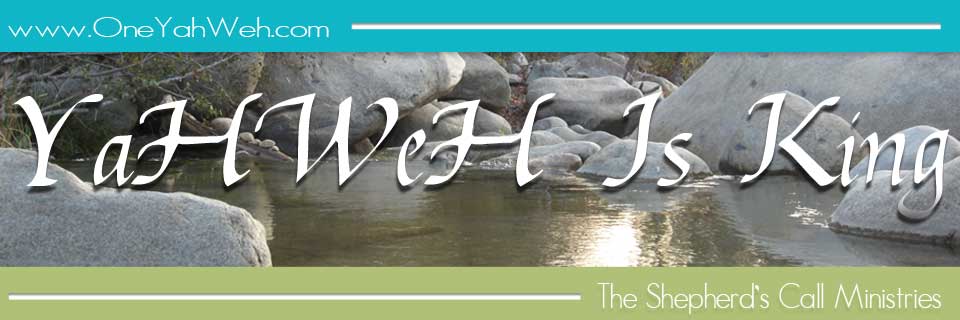|
||||||||||||||||||||||||||||||||||||
Authorized version (King James’ Bible) 1611
Breastplate Layout 1
New English Bible – 1970
Breastplate Layout 2
|
||||||||||||||||||||||||||||||||||||
THE STONES OF The Twelve Tribes of Israel
March 11, 2009 By Leave a Comment

|
||||||||||||||||||||||||||||||||||||
Authorized version (King James’ Bible) 1611
Breastplate Layout 1
New English Bible – 1970
Breastplate Layout 2
|
||||||||||||||||||||||||||||||||||||
Copyright © 2025 · Genesis Framework · WordPress · Log in
Speak Your Mind